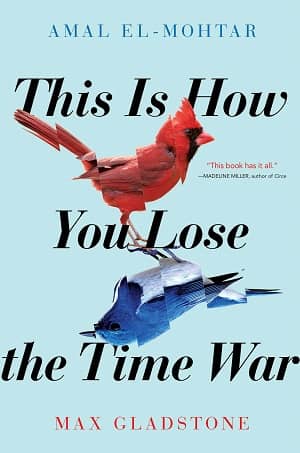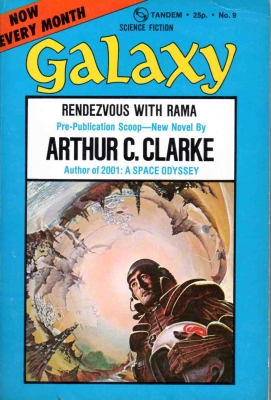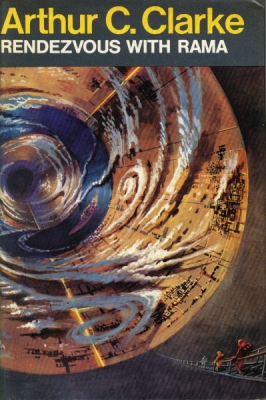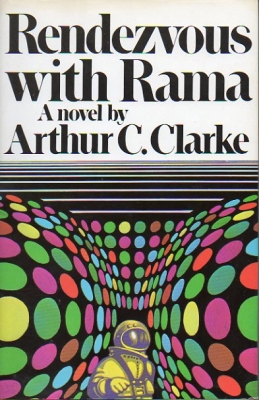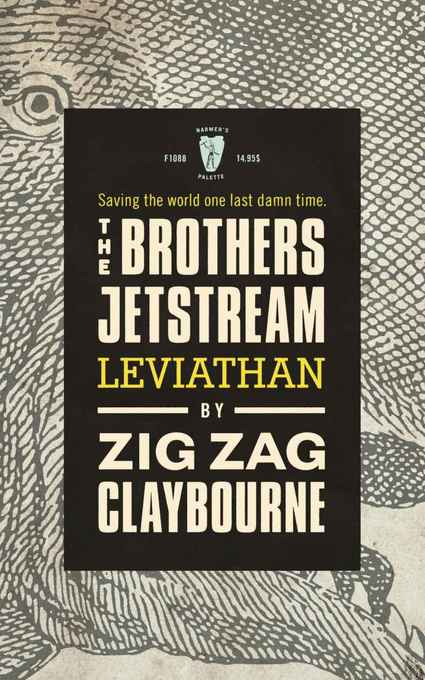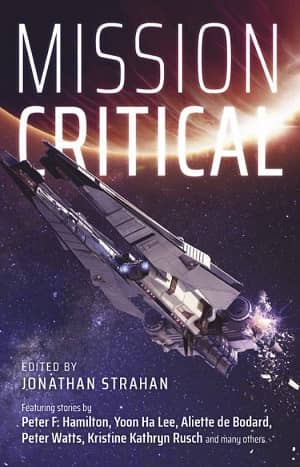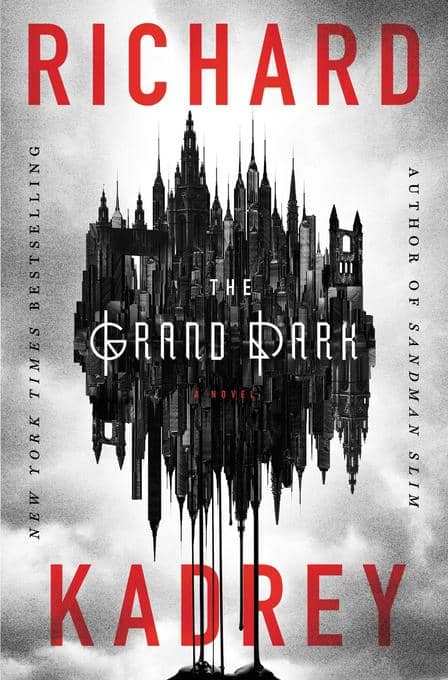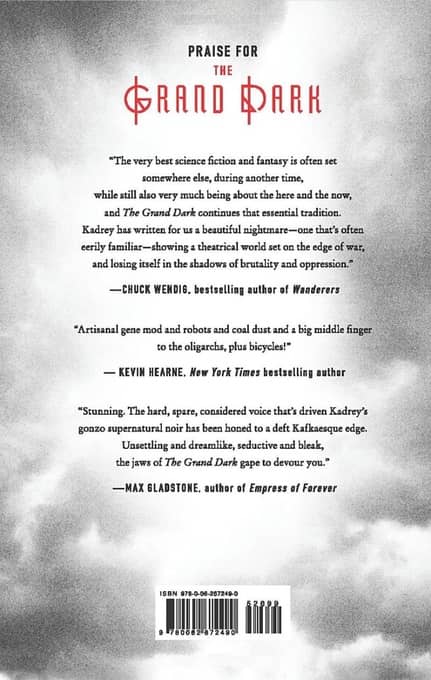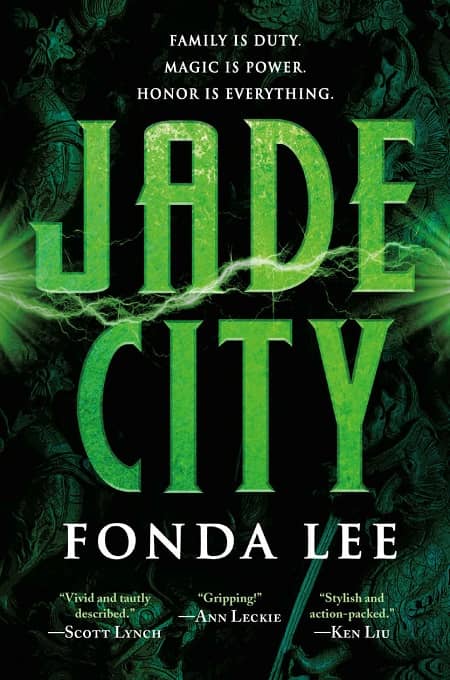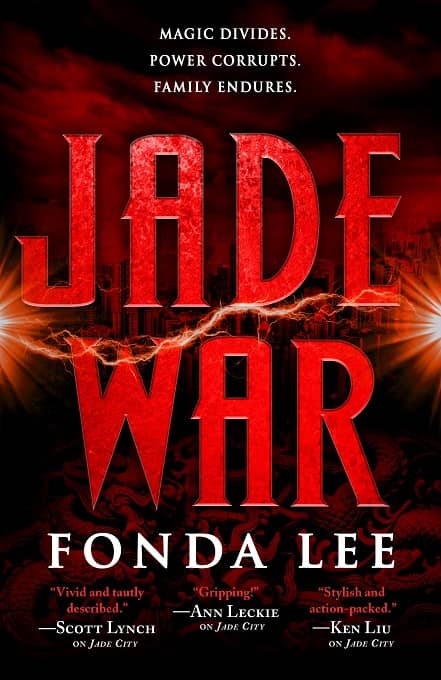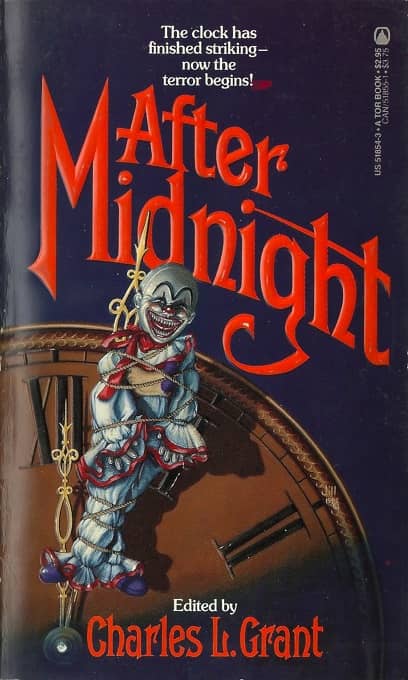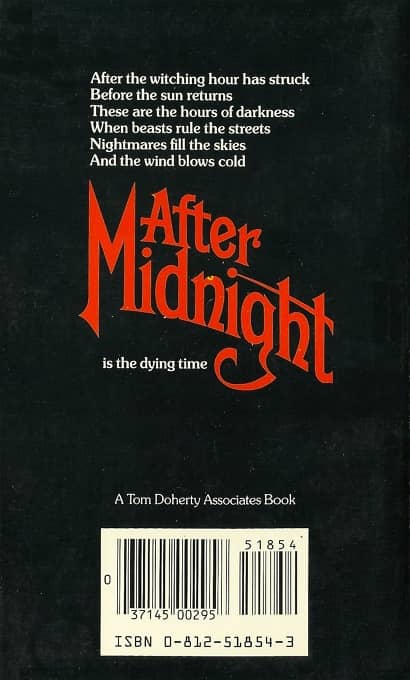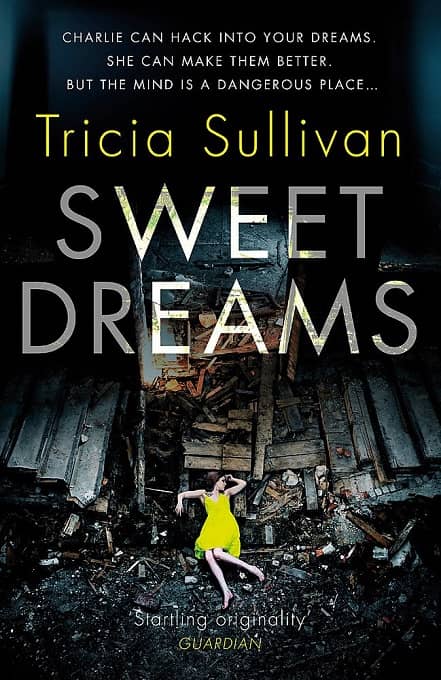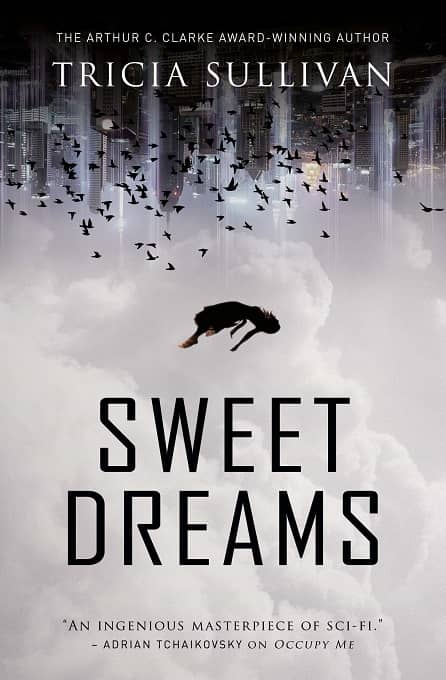From the Pen of a Great Pulpster: The Best of Robert Bloch
 |
 |
The Best of Robert Bloch (Del Rey, 1977). Cover by Paul Alexander
The Best of Robert Bloch (1977) was the thirteenth installment in Lester Del Rey’s Classic Science Fiction Series. Lester Del Rey himself gives the introduction to this volume. Paul Alexander (1937–) does his first cover for the series, a very lively one based upon Bloch’s folktale “That Hell-bound Train.” The afterword was by Robert Bloch (1917–1994) himself.
When John O’Neill began first doing posts on some of these Del Rey editions a few years ago, the one that most intrigued me was his post on this Bloch volume. I was of course familiar with Bloch as the author of Psycho (1959), which was famously made into the Alfred Hitchcock movie of the same name in 1960. I also knew that Bloch was part of the vaunted “Lovecraft Circle,” having exchanged letters as a young author with famed weird author H. P. Lovecraft, even having the honor of becoming a protagonist/victim, named “Robert Blake,” in one of Lovecraft’s tales: “The Haunter of the Dark” (1936).
But I hadn’t really read that much of Bloch. But buying The Best of Robert Bloch soon fixed that.
Like most writers who cut their teeth on the early pulps, Bloch wrote widely and in various genres. Most pulp writers, in order to make anything close to approaching a living, had to be able to write everything from sci-fi to suspense thrillers. Bloch did as well. But given his association with Lovecraft, and his fame in connection with Psycho, I would’ve thought that The Best of Robert Bloch would tend to focus more on horror, or horror-related themes. And there was much here that fits with that genre.
